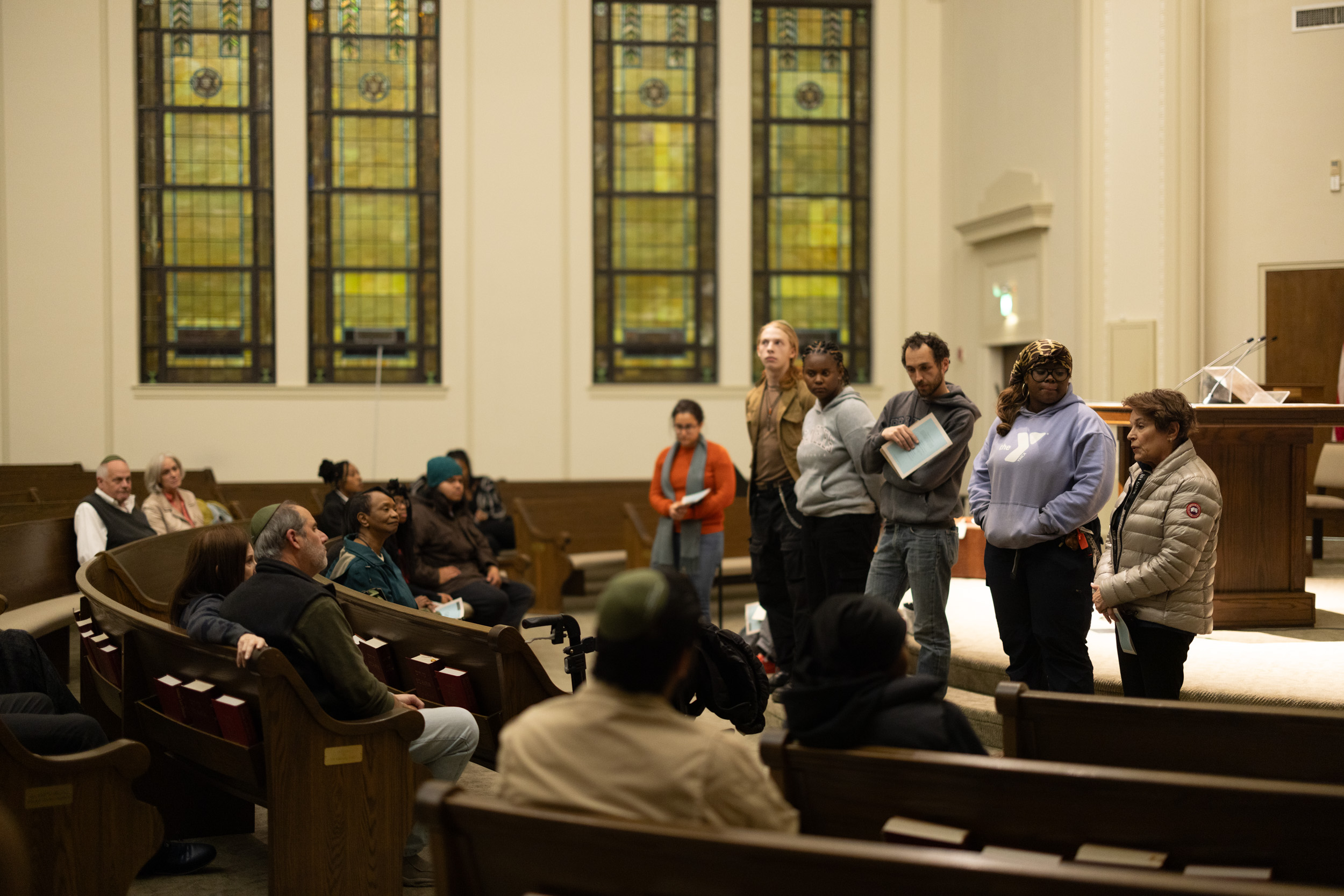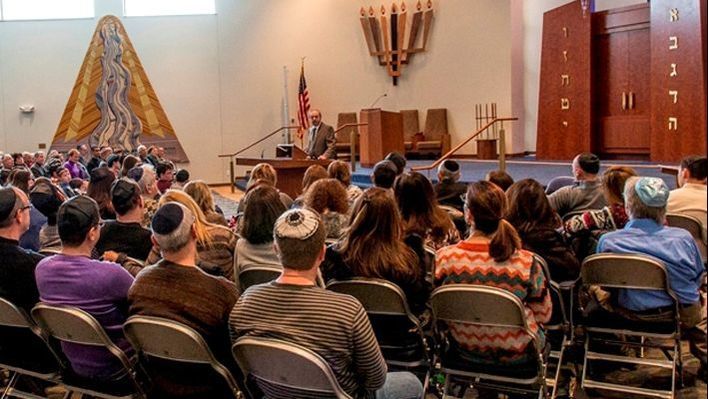
Welcoming a new rabbi into your community is exciting and awkward at the same time. The congregation is looking forward to the next chapter in their story and yet feels strongly about its past history. The congregation is a community that knows each other well, and the rabbi is an outsider who may not know any of the members well. Michael Watkins, author of The First 90 Days, says, “Joining a new company is akin to an organ transplant–and you’re the new organ. If you’re not thoughtful in adapting to the new situation, you could end up being attacked by the organizational immune system and rejected.”
Every June, The Rabbinical Assembly and USCJ jointly sponsor a transition workshop, Eit Ratzon, wherein congregational leaders together with their newly engaged rabbi reflect how best to manage the transition. Here are five insights from that workshop to help make a successful transition.
Foster Personal Connections
Arrange parlor meetings so the rabbi can meet congregants in small groups and discuss shared interests. Provide the rabbi with lists of those who have been seriously ill the past year and those who have lost loved ones, so the rabbi can visit them. Provide the rabbi with a list of birthdays so the rabbi can phone celebrants and wish them well.
Explain Your Congregation’s Ongoing Narrative
The new rabbi needs to know the congregation’s history and be introduced into its ongoing narrative. A congregation may want to participate in a timeline exercise, in which the board presents a collective retelling of the synagogue’s history. This sharing of stories will help the rabbi and board work together to understand present realities and scope out future directions.
Arrange Community Introductions
The rabbi needs to become familiar with the surrounding community, both Jewish and secular. The rabbi should visit local schools, sister-congregations, competitor congregations, political and community officials, media outlets, and key businesses. Ideally, a board member should escort the rabbi and facilitate introductions. Be sure to make use of synagogue members who have contacts: for example, a member who serves on the JCC board should escort the rabbi to a JCC meeting with the executive director; a member who is active in politics should introduce the new rabbi to the mayor and town council. The new rabbi should ask questions and ascertain how to best build these community alliances.
Compile and Distribute Documents
Gather two years’ worth of bulletins, along with board meeting and ritual committee minutes, and distribute these to the rabbi. He or she needs to know how decisions were made, what actions may have been implemented, and what issues were tabled for a later time and why. This information bundle should also include descriptions of various committees, including their histories. The ritual committee should also compile a list of customs that are important to the congregation.
Arrange Self-Care for the New Rabbi
Transition is exhausting and exciting for the congregation, the rabbi, and the rabbi’s family. Often the new rabbi will rush to perform many tasks, sometimes all at once. Congregational leadership should be responsible for easing the rabbi’s load and making sure the rabbi is in a good psychological space. The rabbi should balance work obligations with reflection and family time. The community may want to present the rabbi with a three-month membership to the local gym or a series of yoga classes to ensure he or she is also being mindful of their physical health.
By following these guiding principles, the rabbi will be prepared, organized and ready to better lead your community into the next period. May God bless the work of your hands.









